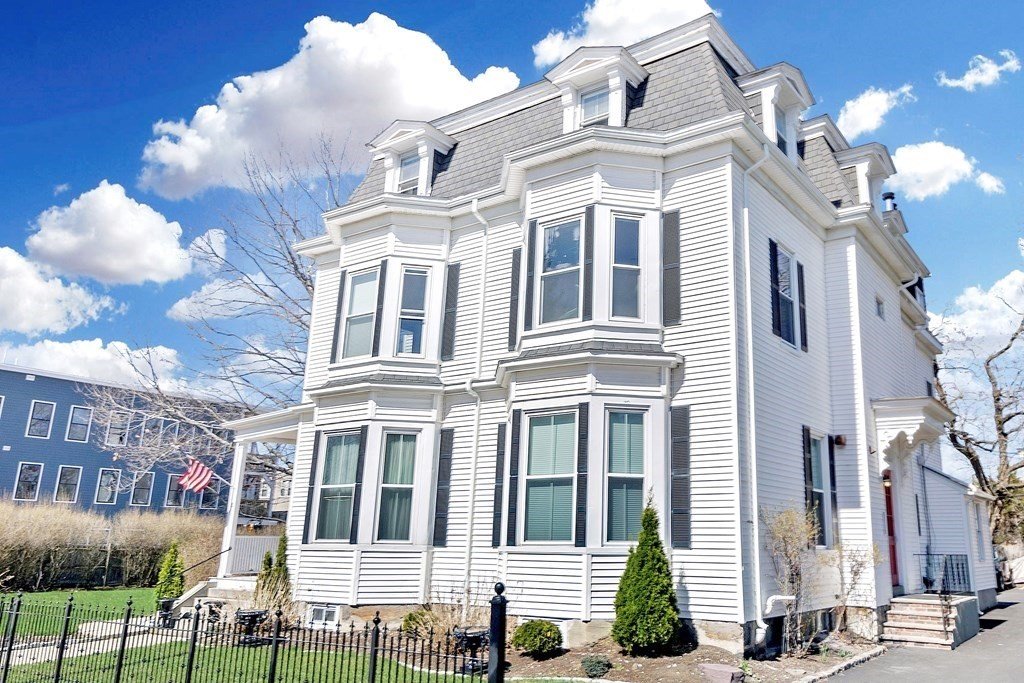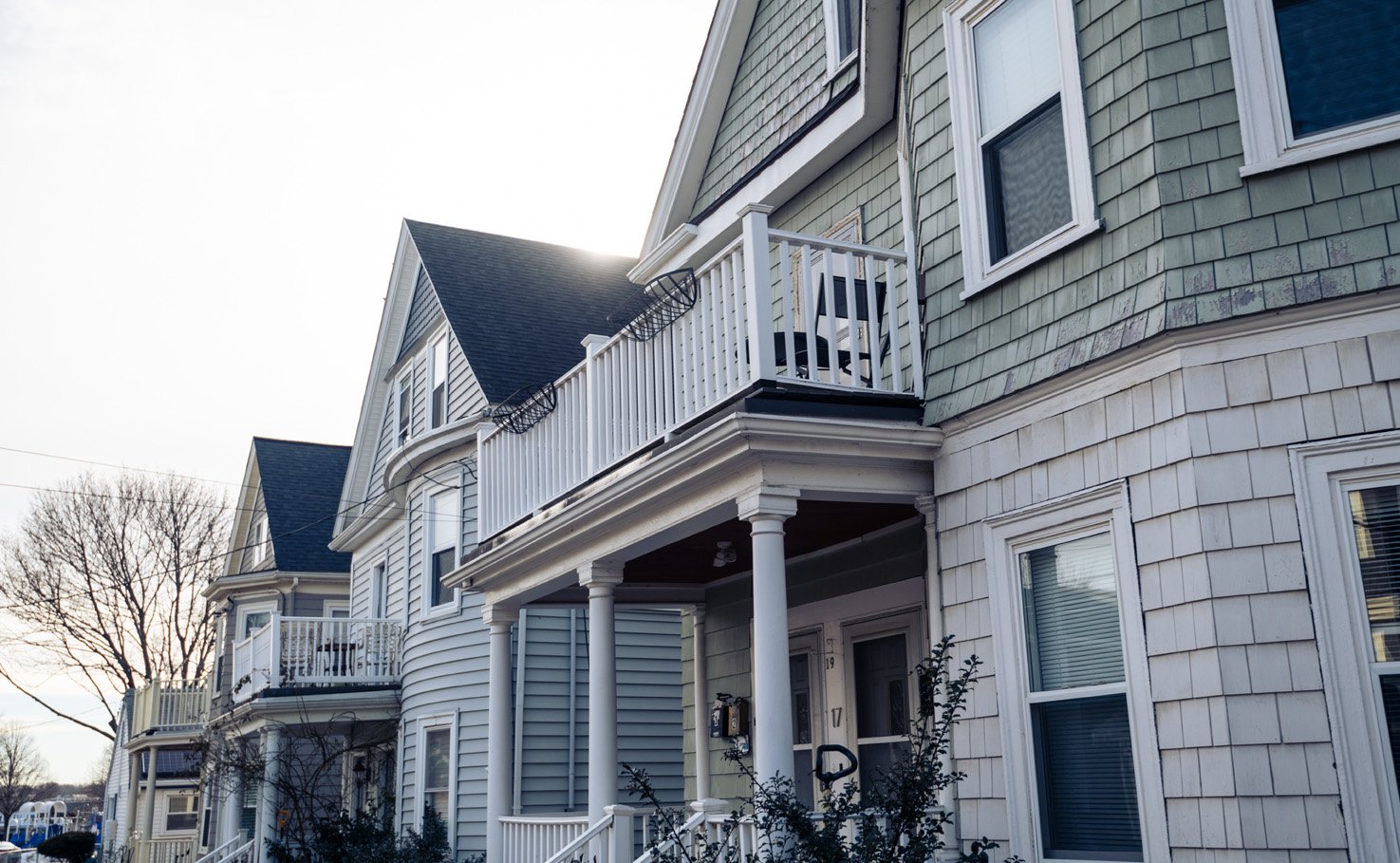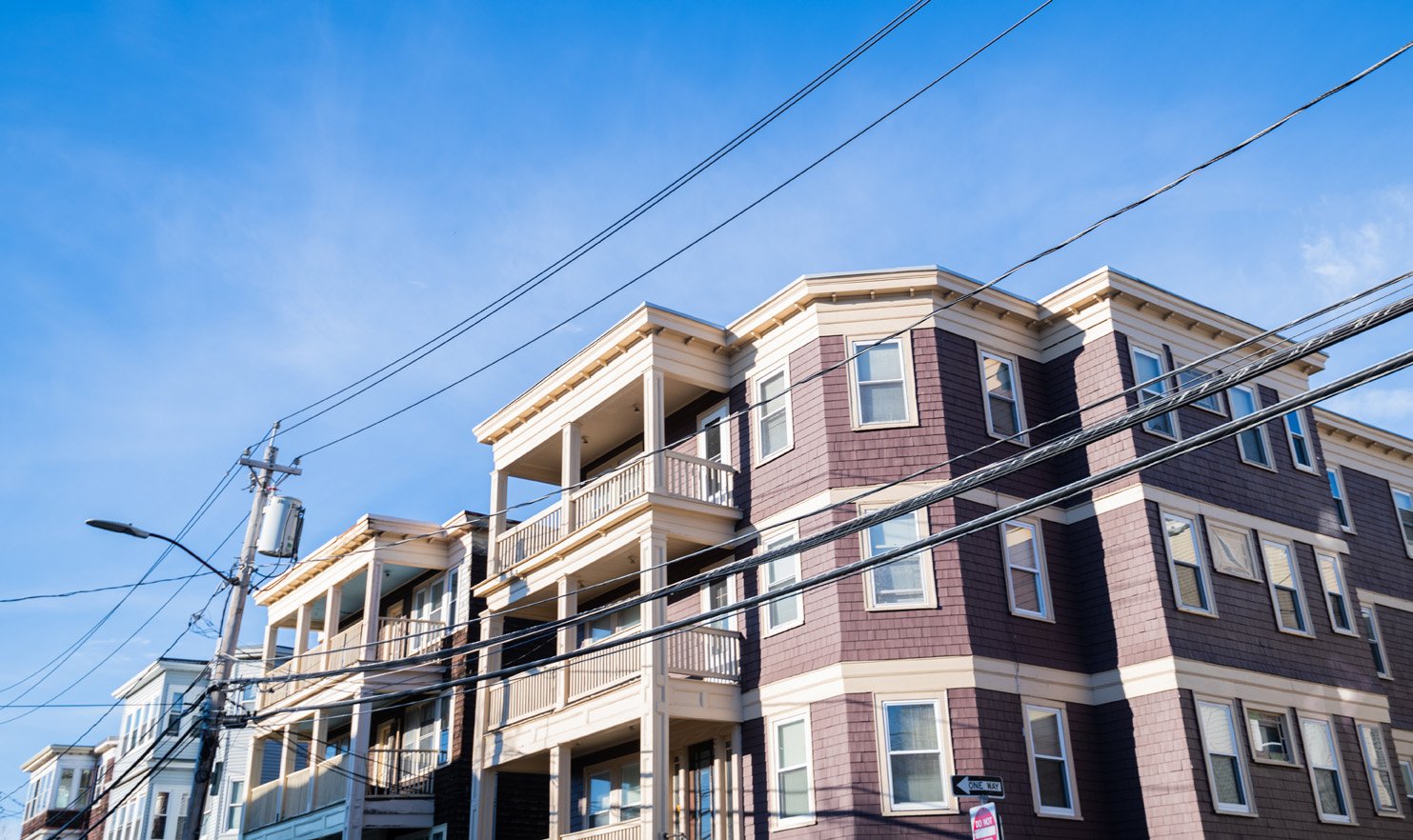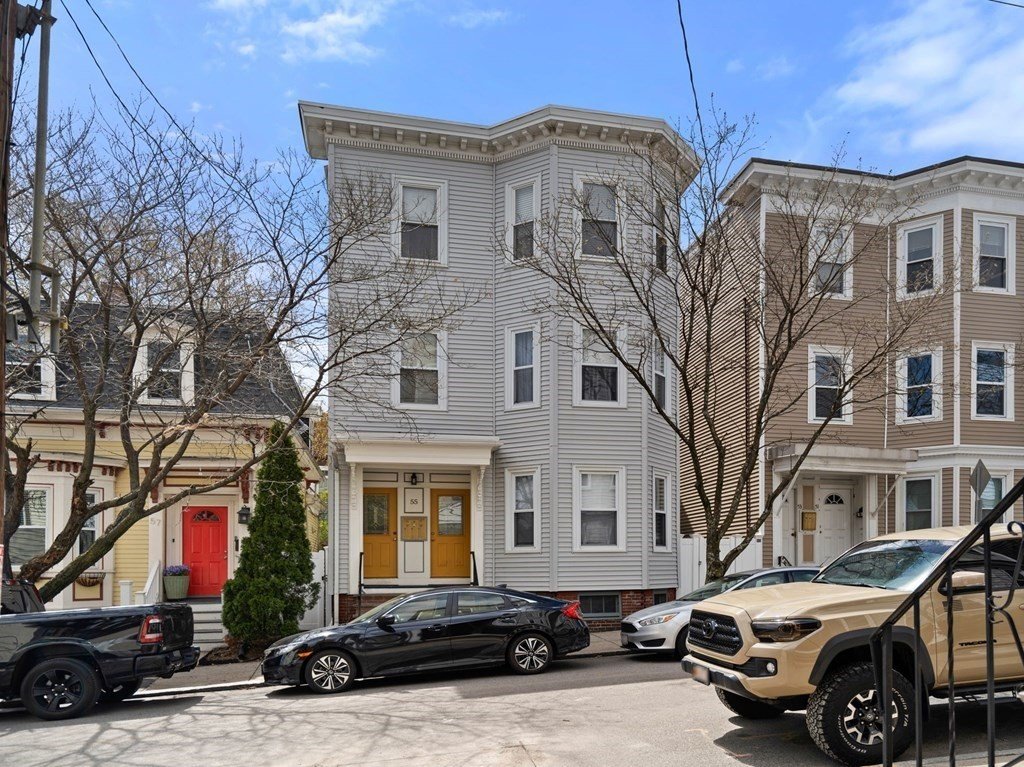Dorchester is a historic neighborhood of Boston sprawling over six miles of land. Dorchester is Boston's largest and most populated area that is made up of smaller sections and squares. Due to its large size, it is divided into sections to understand the different areas. North Dorchester includes the portion north of Quincy Street, East Street and Freeport Street. The main business district is Uphams Corner at the intersection of Dudley Street and Columbia Road. South Dorchester is bordered to the east by Dorchester Bay and to the south by the Neponset River. The main business districts in this part of Dorchester are Fields Corner, at the intersection of Dorchester Avenue and Adams Street, and Codman Square, at the intersection of Washington Street and Talbot Avenue. Adjacent to Fields Corner is the Harrison Square Historic District, also known as Clam Point, noteworthy for its collection of substantial Italianate Mansard residences.
Dorchester Avenue is the major neighborhood spine, running in a south-north line through all of Dorchester from Lower Mills to downtown Boston also running along parts of Milton. The southern part of Dorchester is primarily a residential area, with established neighborhoods still defined by parishes, and occupied by families for generations. People are so in love with the neighborhood they rarely leave and we see home stay in families for over 100 years.
The northern part of Dorchester is more urban, with a greater amount of apartment housing and industrial parks. South Bay Center and Newmarket industrial area are major sources of employment and the Harbor Point, formerly known as Columbia Point, is home to several large employers including the Boston campus of the University of Massachusetts, the Massachusetts Archives and Commonwealth Museum, the Edward M. Kennedy Institute for the United States Senate, and the John F. Kennedy Presidential Library and Museum. Distinct commercial districts include Bowdoin/Geneva, Fields Corner, Codman Square, Peabody Square, Adams Village and Lower Mills. Primarily residential areas include Savin Hill, Jones Hill, Four Corners, Franklin Field, Franklin Hill, Ashmont, Meeting House Hill, Neponset, Popes Hill and Port Norfolk. There is so much happening in Dorchester. The area has seen an incredible economic climb in the last fifteen years. Monthly, a new restaurant and bar is going into the neighborhood giving people an awesome place to relax and enjoy themselves and also build a strong sense of community.







